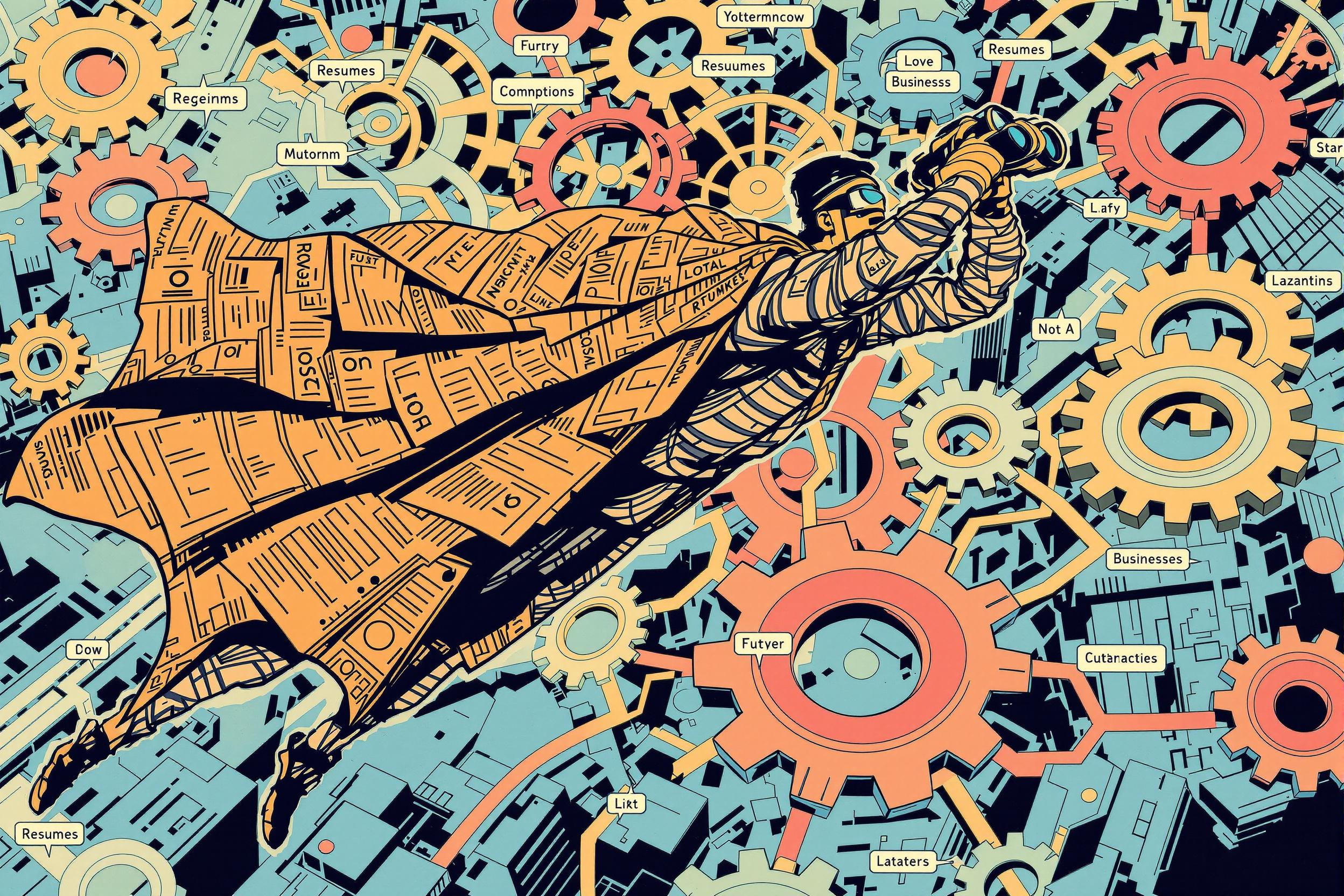
Urban Foraging Map
An Urban Foraging Map is a specialized tool used by beekeepers and urban agriculture professionals to track and document food sources for bees and other pollinators in city environments. It helps identify and map locations of flowering plants, trees, and other natural resources that bees can use for collecting nectar and pollen. Think of it like a food map for bees in the city. These maps often include seasonal blooming patterns, helping beekeepers plan hive locations and understand food availability throughout the year. They might be created using regular mapping tools or specialized agriculture software.
Examples in Resumes
Created and maintained Urban Foraging Map to optimize honey production across 12 city locations
Developed comprehensive Urban Foraging Maps showing seasonal nectar sources within 3-mile radius of apiaries
Led team project to document Urban Foraging Map data for city planning department
Typical job title: "Urban Beekeepers"
Also try searching for:
Where to Find Urban Beekeepers
Professional Organizations
Online Communities
Job Resources
Example Interview Questions
Senior Level Questions
Q: How would you develop a city-wide urban foraging mapping strategy?
Expected Answer: A senior candidate should discuss coordinating with multiple stakeholders, implementing seasonal tracking systems, managing data collection teams, and creating sustainable long-term mapping protocols. They should mention integration with city planning and environmental departments.
Q: What factors do you consider when evaluating urban areas for bee foraging potential?
Expected Answer: Should demonstrate comprehensive knowledge of urban ecology, including flowering patterns, pesticide use areas, water sources, and how to assess food source sustainability throughout different seasons.
Mid Level Questions
Q: How do you maintain and update an urban foraging map?
Expected Answer: Should explain regular site visits, seasonal updates, documentation methods, and how to track changes in urban landscape that affect bee foraging.
Q: What tools and methods do you use to measure forage quality in urban areas?
Expected Answer: Should describe practical approaches to assessing nectar sources, pollen availability, and food source diversity, including basic measurement tools and observation techniques.
Junior Level Questions
Q: What basic elements should be included in an urban foraging map?
Expected Answer: Should identify key components like flowering plant locations, blooming seasons, water sources, and potential hazards for bees.
Q: How do you identify good foraging areas for bees in an urban setting?
Expected Answer: Should demonstrate basic knowledge of bee-friendly plants, understanding of safe foraging distances, and ability to spot suitable urban feeding locations.
Experience Level Indicators
Junior (0-2 years)
- Basic map reading and creation
- Plant identification
- Understanding of bee foraging behavior
- Basic data collection and recording
Mid (2-5 years)
- Detailed mapping techniques
- Seasonal resource planning
- Data analysis and reporting
- Stakeholder communication
Senior (5+ years)
- Strategic resource planning
- Program development and management
- Team leadership and training
- City-wide implementation strategies
Red Flags to Watch For
- No knowledge of basic bee behavior or foraging patterns
- Unable to identify common flowering plants
- Lack of experience with mapping or documentation
- Poor understanding of seasonal changes in plant life
- No awareness of urban agriculture regulations
Need more hiring wisdom? Check these out...

Tiny Neighborhoods, Huge Impact: The Surprising Power of Hyper-Local SEO in Your Hiring Game

Unlocking Talent Offline: Innovative Strategies for Recruiting in Low-Internet Areas

Workforce Solutions Aggregators: The Next Big Thing You Didn't Know You Needed

